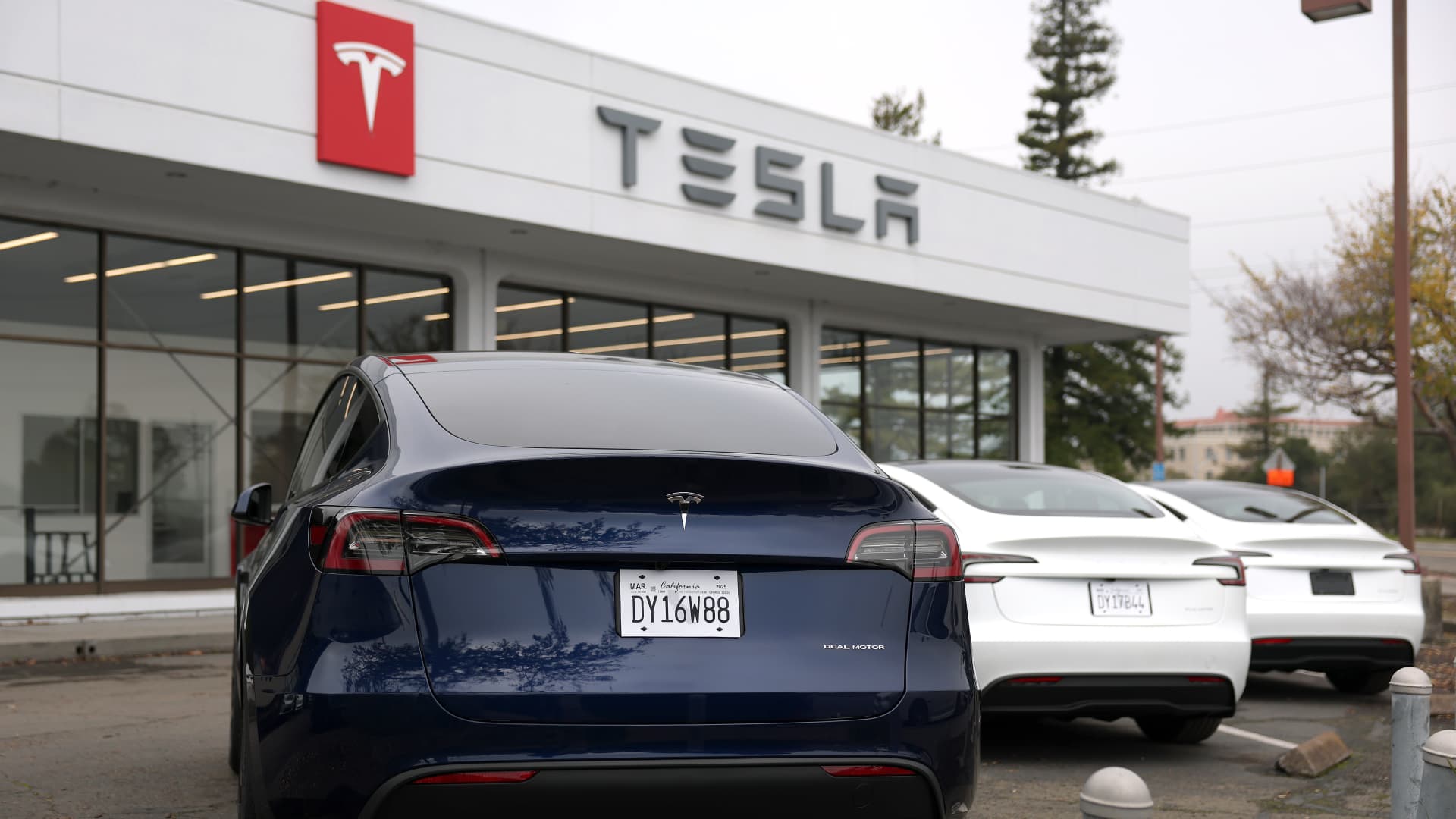Tesla’s $15 Billion Brand Value Decline: An Overview
In 2024, a striking study revealed that Tesla’s brand value has plunged by a staggering $15 billion. This significant decline has raised eyebrows across the automotive industry, prompting discussions about the implications of an aging vehicle lineup and the leadership of Elon Musk. As competition continues to escalate in the electric vehicle (EV) market, it begs the question: what does this mean for Tesla’s future?
The Dynamics Behind Tesla’s Brand Value Decline
Several factors have contributed to the decline in Tesla’s brand value. At the forefront is the fierce competition in the EV market, which has seen numerous automakers investing heavily in electric technology. While Tesla was once the undisputed leader in electric vehicles, other brands are now catching up, offering consumers more choices and innovations. The following elements play a crucial role in this shift:
- Aging Vehicle Lineup: Tesla’s current models, such as the Model S and Model X, have not undergone significant redesigns in several years, making them feel outdated compared to the newer offerings from competitors.
- Increasing Competition: Traditional automakers like Ford and General Motors, as well as newcomers like Rivian and Lucid, are releasing compelling electric vehicles that appeal to a broader audience.
- Quality Concerns: Reports of quality issues and production delays have started to tarnish Tesla’s reputation as a premium brand.
The Role of Elon Musk’s Leadership
Elon Musk, Tesla’s enigmatic CEO, has been both a catalyst for the company’s meteoric rise and a source of controversy. His leadership style, often described as unconventional, has had mixed effects on the brand’s perception. While his vision has propelled Tesla to the forefront of the electric vehicle revolution, recent behaviors and decisions have raised concerns among investors and consumers alike.
- Public Statements: Musk’s frequent and often unpredictable public statements, especially on social media, have led to volatility in Tesla’s stock price and brand image.
- Focus on Other Ventures: Musk’s involvement in multiple ventures, including SpaceX and Neuralink, raises questions about his availability and focus on Tesla.
Market Dynamics and Tesla’s Competitive Landscape
The automotive industry is undergoing a transformation as more consumers are leaning towards electric vehicles. The rise of EVs is not just a trend; it’s becoming a norm as sustainability takes center stage in consumer preferences. Here are some market dynamics at play:
- Consumer Preferences: Today’s consumers are looking for not just electric vehicles, but those that also offer modern features, superior technology, and a strong brand ethos.
- Government Policies: Many countries are implementing stricter emissions regulations and offering incentives for electric vehicle purchases, making it easier for consumers to switch from traditional gas-powered vehicles.
- Technological Advancements: New entrants in the market are leveraging cutting-edge technology to enhance performance, safety, and user experience, setting a high bar for established players like Tesla.
Impact of Brand Value Decline on Tesla
The decline in Tesla’s brand value has several implications for the company and its stakeholders:
- Investor Confidence: A decrease in brand value can lead to dwindling investor confidence, affecting stock prices and the company’s market capitalization.
- Sales Performance: As brand value decreases, the perception of quality may also be affected, potentially leading to lower sales figures.
- Market Positioning: Tesla may need to rethink its market positioning and strategy to reclaim its status as the leader in the EV sector.
Strategies for Recovery and Future Growth
Despite the challenges, there remains a silver lining. Tesla has the potential to recover and even thrive by implementing several strategic initiatives:
- Revamping the Vehicle Lineup: Introducing refreshed models and new vehicles that cater to consumer preferences can rejuvenate interest in the brand.
- Enhancing Quality Control: Addressing quality issues through improved production processes and rigorous testing can help restore consumer trust.
- Focusing on Innovation: Continued investment in research and development for battery technology, autonomous driving, and sustainability can differentiate Tesla from competitors.
Looking Ahead: Tesla’s Future in a Competitive Market
The road ahead for Tesla is fraught with challenges, but also opportunities. As the landscape of the automotive industry evolves, Tesla must adapt to maintain its competitive edge. While the brand has experienced a decline in value, it is essential to recognize the resilience and innovative spirit that has driven Tesla’s growth to date.
In a market that is increasingly saturated with electric vehicles, Tesla has the chance to redefine itself and lead once again. By embracing change, focusing on consumer needs, and leveraging its existing technological advancements, Tesla can not only recover from this decline but emerge stronger than ever.
Conclusion
Tesla’s $15 billion brand value decline is a wake-up call for the company and the industry at large. It underscores the importance of staying relevant in a rapidly changing market landscape. As competition intensifies, Tesla’s ability to innovate and adapt will be crucial in determining its future trajectory. With strategic moves aimed at refreshing its lineup and restoring brand trust, the company can reclaim its position as a leader in the electric vehicle market. The journey may be challenging, but with foresight and determination, Tesla can navigate these turbulent waters and continue to shape the future of transportation.
See more Business Focus Insider Team

